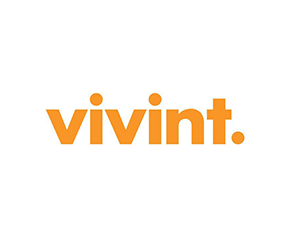What is a UI/UX Designer?
A UI/UX Designer is a professional who focuses on creating user interfaces (UI) and enhancing user experiences (UX) in digital products and applications. UI design involves crafting the visual elements of a digital interface, including buttons, icons, and layouts, while UX design focuses on optimizing the overall user journey for usability and satisfaction. These designers work collaboratively to ensure that digital products are not only aesthetically pleasing but also intuitive, efficient, and enjoyable for users. UI/UX Designers play a vital role in shaping the look, feel, and functionality of websites, mobile apps, and other digital platforms to enhance user engagement and satisfaction.
How do you become a UI/UX Designer?
- Acquire Design Education: Pursue formal education or specialized courses in graphic design, interaction design, or a related field to build a foundation in design principles.
- Develop Technical Skills: Gain proficiency in design tools such as Adobe XD, Sketch, Figma, or other UI/UX design software commonly used in the industry.
- Build a Portfolio: Create a comprehensive portfolio showcasing UI/UX design projects, including wireframes, prototypes, and case studies that demonstrate your design process and problem-solving skills.
- Understand User-Centered Design: Learn and apply principles of user-centered design, emphasizing empathy for users, usability testing, and iterative design processes.
- Stay Updated on Design Trends: Keep abreast of the latest design trends, emerging technologies, and industry best practices to ensure your UI/UX design skills remain current and relevant.
Skills needed to be a UI/UX Designer:
- User Research: Ability to conduct user research, including interviews, surveys, and usability testing, to understand user needs and preferences.
- Wireframing and Prototyping: Proficiency in creating wireframes and prototypes to visualize and iterate on design concepts before implementation.
- Information Architecture: Skill in organizing and structuring information effectively, ensuring logical and intuitive navigation for users.
- Visual Design: Mastery of visual design principles, including color theory, typography, and layout, to create aesthetically pleasing and cohesive user interfaces.
- Interaction Design: Understanding of interaction design principles to create responsive and engaging user experiences.
- Problem-Solving: Strong problem-solving skills to identify and address usability issues and design challenges throughout the UI/UX design process.
- Collaboration: Effective collaboration with cross-functional teams, including developers, product managers, and other stakeholders, to bring designs from concept to implementation.
- Adaptability: Ability to adapt design solutions to different platforms, devices, and user contexts, ensuring a consistent and effective user experience.
- Communication Skills: Clear communication skills to articulate design decisions, present design concepts, and gather feedback from team members and clients.
- Empathy: Empathy for users and a deep understanding of their needs and behaviors, guiding the design process to create products that genuinely meet user expectations.







